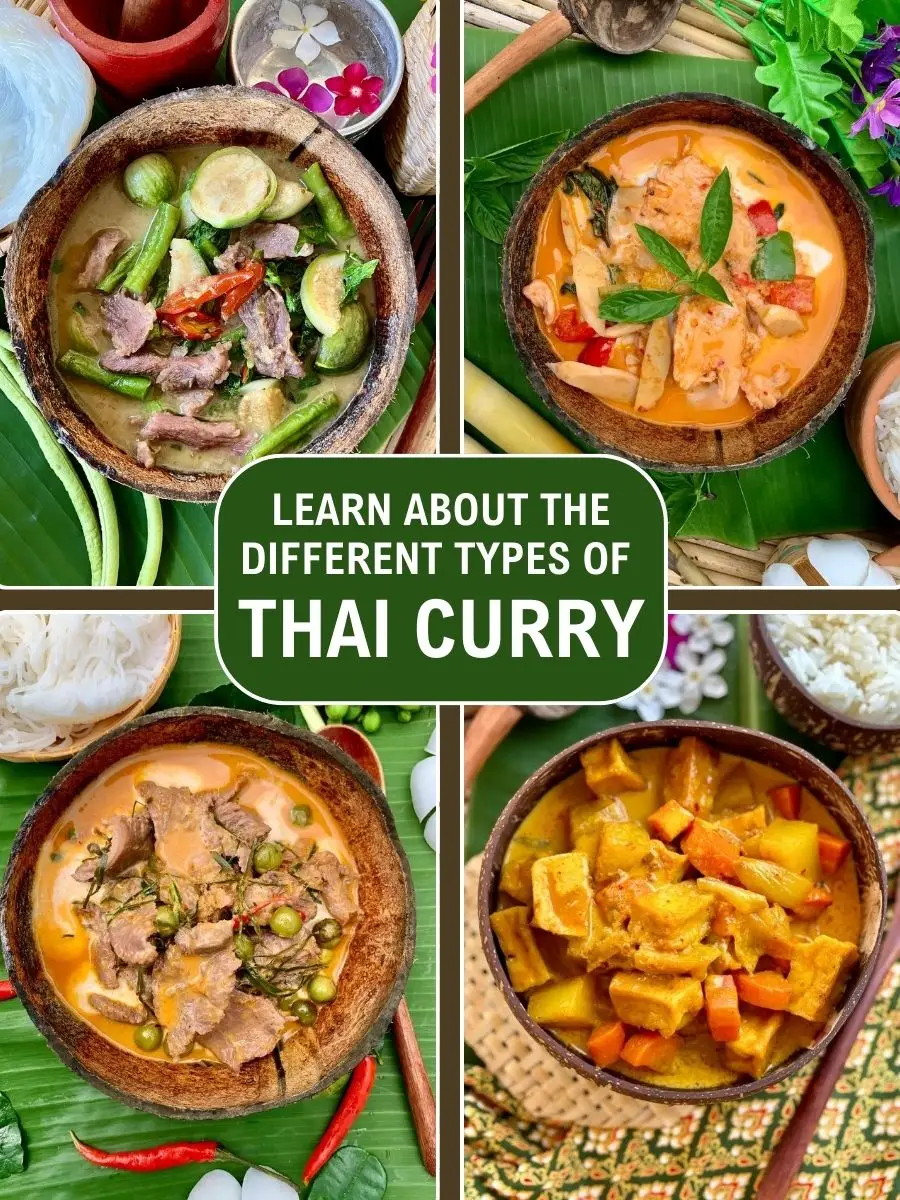Many people are familiar with the differences between red and green curry, but there are many others Types of Thai curry You may not have heard of. In this post, we will examine different varieties, each made with creamy coconut milk and curry pastes perfumely.

Popular types of Thai curry
We will begin by exploring the differences between Thai curry that are popular both in Thailand and in the western world:
- Thai green curry
- Thai red curry
- Thai yellow curry
- Thai Massaman Curry
- Thai Panang Curry
Before starting, it is important to know that each of these curry can present themselves in various forms with different ingredients and flavors. This is the reason why the difference between Thai curry can vary considerably. It is difficult to say what is authentic and what is not, because in Thailand, people prepare curry in different ways.
Note: Yellow curry is a variation that is most commonly found in the West; I have not often seen him in Thailand, with the exception of southern Thailand. All other curry are real stitches in Thailand and can be found in almost all food products or the Thai restaurant.
Thai green curry
Thai green curry is spicy, aromatic and slightly sweet. The heat of green chillies is perfectly balanced by creamy coconut milk and a lot of vegetables, creating a complex and irresistible flavor.
The addition of fresh herbs such as basil adds a note of refreshing citrus fruits, making curry both rich and light at the same time.

Protein: Green Thai curry is often prepared with chicken or beef, although it is possible to use any protein such as beef, seafood and tofu.
Vegetables: The typical vegetables in green curry are Thai eggplant, long beans and bamboo sprouts, which add a nice crew and a flavor. Fresh basil leaves are always added at the end, providing aroma and flavor.
Thai green curry paste: The green color of Thai green curry comes from green chillies used in curry paste. Curry pasta is a mix of fresh green peppers, turmeric, lime kaffir, cumin, prawn paste and much more.
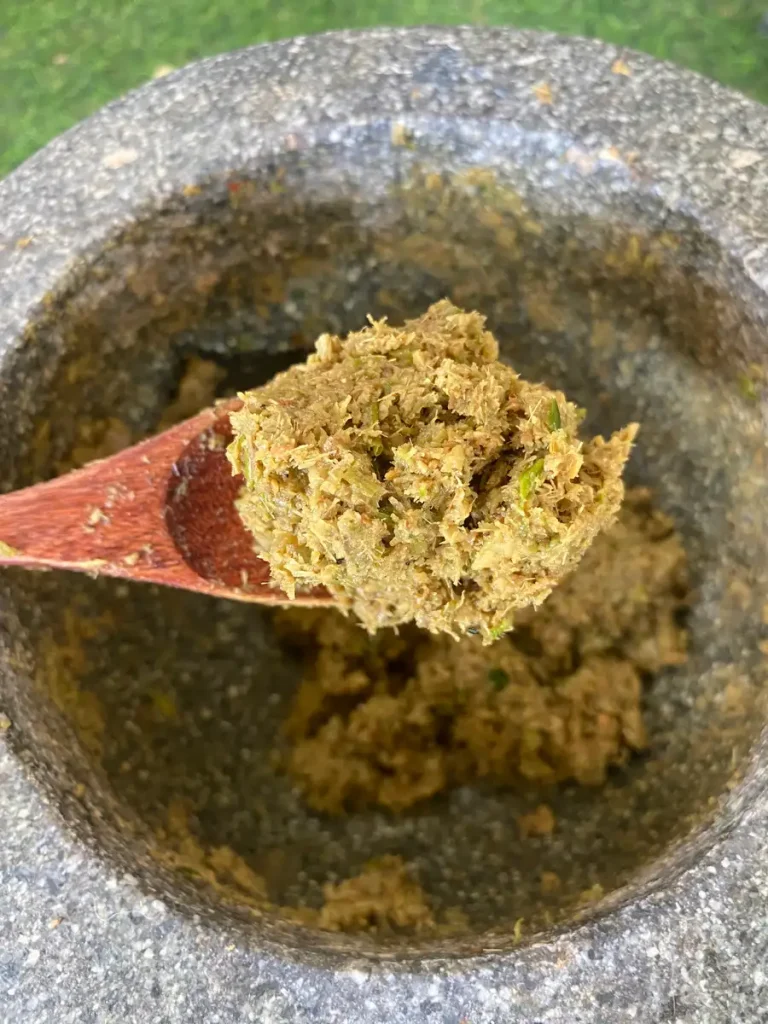
It is a very fragrant and spicy pasta that can be used to prepare coconut curry and fried dishes such as Green curry frying and fried green curry rice.
Thai red curry
The flavor of Thai red curry is bold and spicy. It has a rich red coconut curry sauce which is savory and sometimes slightly sweet, depending on the condiments used.
Fresh herbs such as Thai basil and Lime Kaffir leaves are often added to the red curry sauce, making it a refreshing and fragrant dinner option.
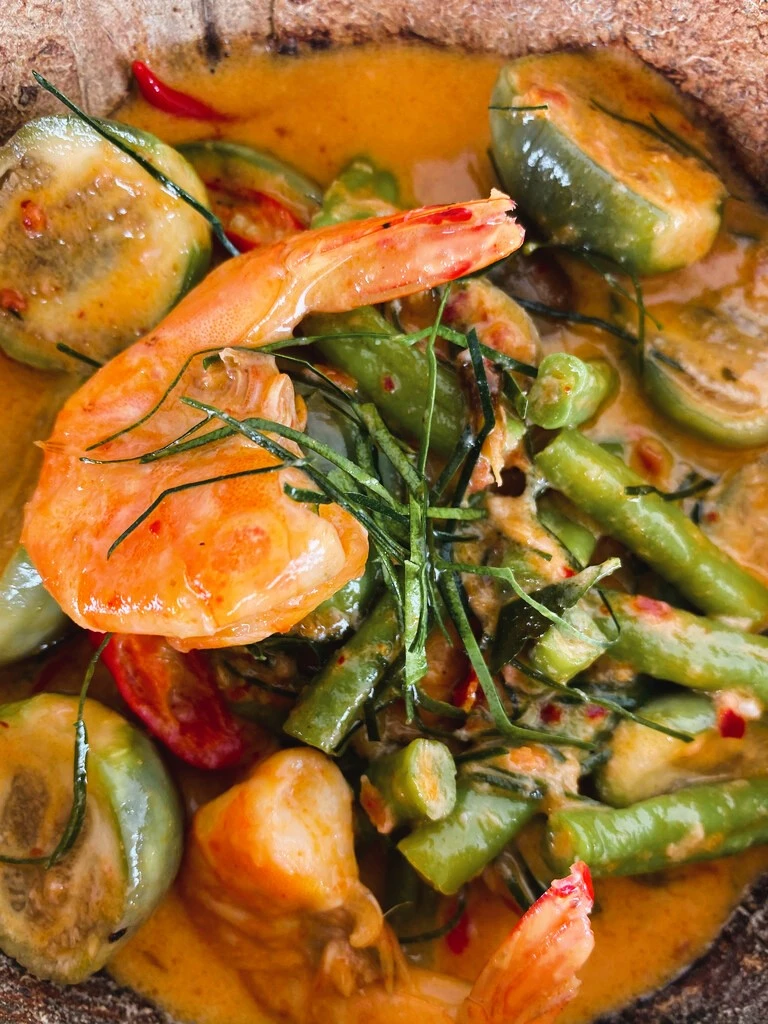
Protein: Red Thai Curry is often prepared with meat such as chicken or pork, but also with seafood as prawns. Once again, any protein such as beef or squid can be used to adapt to any preference.
Vegetables: My favorite vegetables in red curry include bamboo sprouts, Thai eggplant and peppers. It is a very versatile curry, to which you can add almost every vegetables, as seen in my recipes for the bamboo scapula curry and the Kabocha pumpkin curry.
Thai red curry paste: The intense red color of the Thai red curry comes from dry red chillies used in the pasta. This curry pasta is a mixture of dry red peppers, garlic, galanga, lemongrass, kaffir lime leather and prawn paste, together with other spices.
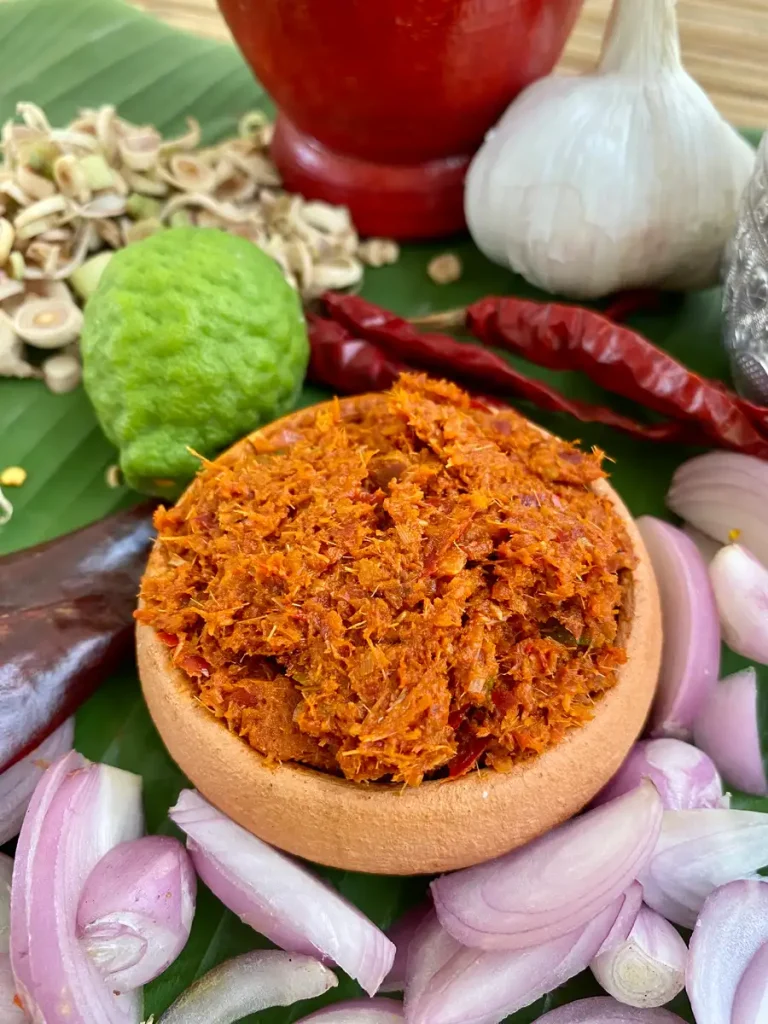
It is an incredibly fragrant and spicy pasta that not only constitutes the base for coconut curry, but also works beautifully in pan dishes such as Ped Pholle Ped and Pad Prik King.
And did you know that red curry paste can also be used to make the classic Khao Soi and the lesser known choo chee chee? Make sure to read recipes with Thai red curry pasta for more information!
Thai yellow curry
Thai yellow curry is one of the least spicy curry, perfect for children or for those who love less warmth and a creamy and slightly sweet flavor. This dish is loved for its sweet and salty taste, with spices like turmeric that give it a warm flavor, balanced by coconut milk cream.
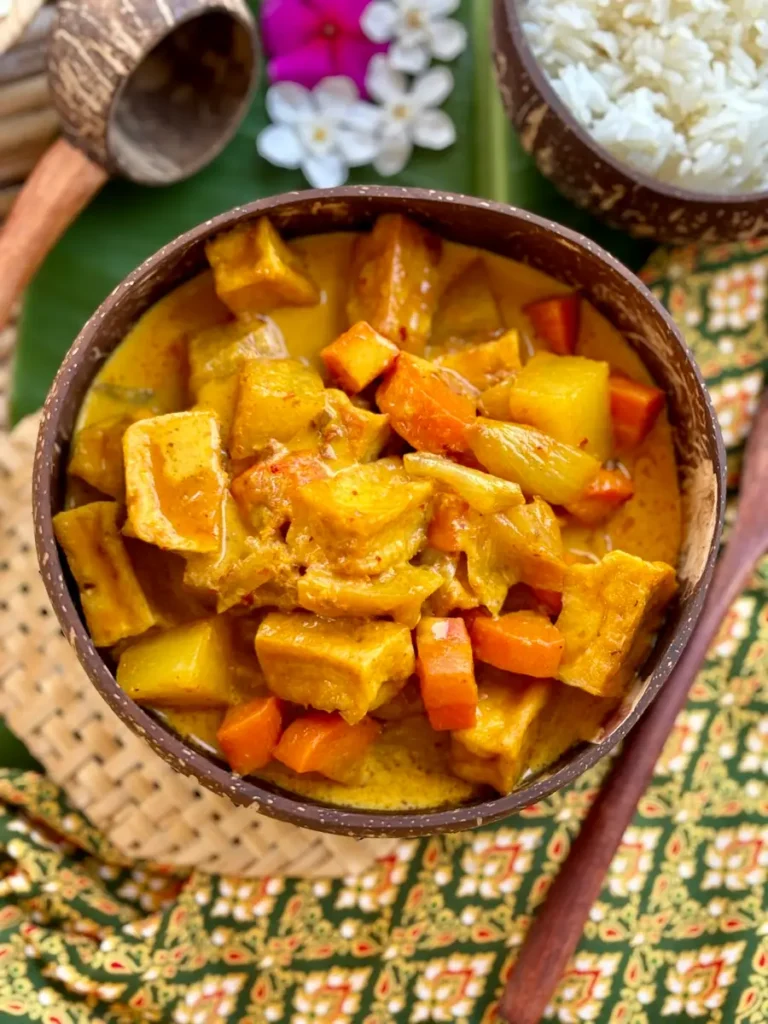
Protein: Yellow Thai curry is often made with chicken or entirely vegan with tofu and vegetables.
Vegetables: Common vegetables include potatoes, carrots and onions, which add a lot of flavor and consistency.
Yellow curry paste: The yellow color of the yellow curry comes from turmeric in curry paste. Pasta is a mix of turmeric, cumin, coriander, lemongrass, garlic and ginger, among other spices.
It is a fragrant and slightly spicy pasta that is perfect for preparing coconut curry such as gang races (yellow chicken curry).
Thai Massaman Curry
Thai Massaman Curry is a unique and tasty Thai curry that stands out with its rich and complex taste influenced by Thai and Indian spices. It is a delicate and slightly sweet curry, which makes it a favorite for those who prefer a less spicy option.
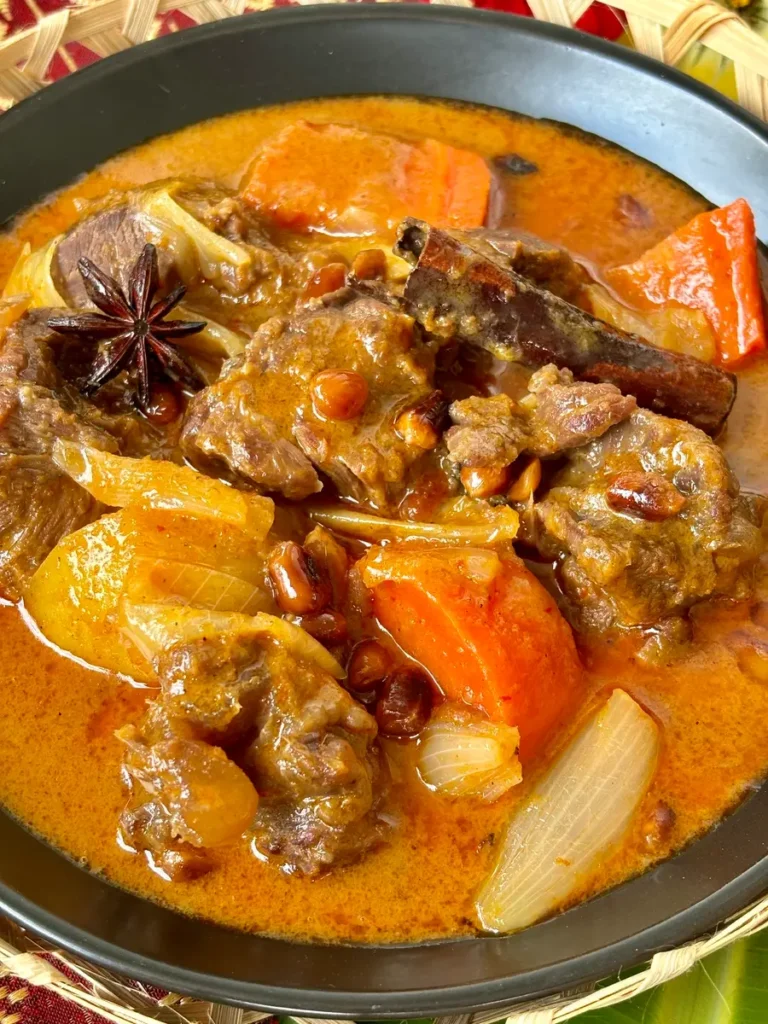
Protein: Massaman Curry has roots in Muslim culture, which is why you will rarely find it made with the pig. I like slowing it down with beef, but it is also delicious with lamb, tofu or chicken. For a version with beef, try my recipe for Gaeng Massaman Neua.
Common ingredients: Potatoes and peanuts are key ingredients, adding an abundant consistency and a slight crunch. Carrots and onions are commonly included, improving the flavors of Massaman’s sauce.
Massaman Curry Pasta: The unique flavor of Massaman’s curry comes from its pasta, which includes dry red chillies, garlic, shallot, black pepper grains, coriander seeds, cumin, cinnamon, cardamom and cloves. This mixture of spices creates a warm and complex taste that distinguishes Massaman’s curry.

Thai Panang Curry
Thai Panang Curry is a rich and creamy Thai curry that is a little milder than traditional red or green curry, but full of bold flavors. It is a favorite for those who love a thicker sauce with fewer spices and a delicious flavor of peanuts.

Protein: Panang curry can be prepared with almost any protein, making it incredibly versatile. That you prefer meat, chicken, pork, seafood or tofu, this curry adapts well to everyone.
Vegetables: Traditionally, Panang’s curry is prepared without vegetables, focusing on the rich and creamy sauce and on tender proteins. The strips of lime kaffir leaves are a key ingredient, adding a fresh and citrus note to the curry sauce.
However, feel free to add vegetables if you prefer. Personally, I like to add some eggplants of peas for extra consistency and flavor!
Panang curry paste: Panang’s curry pasta includes ingredients such as dry red peppers, garlic, shallot, lemongrass, lime kaffir zest, coriander seeds, cumin and roasted peanuts. Earth peanuts in the pasta are a key ingredient that is added to the thickness of the signing of Panang and the hazelnut flavor, making it stand out of other Thai curry.
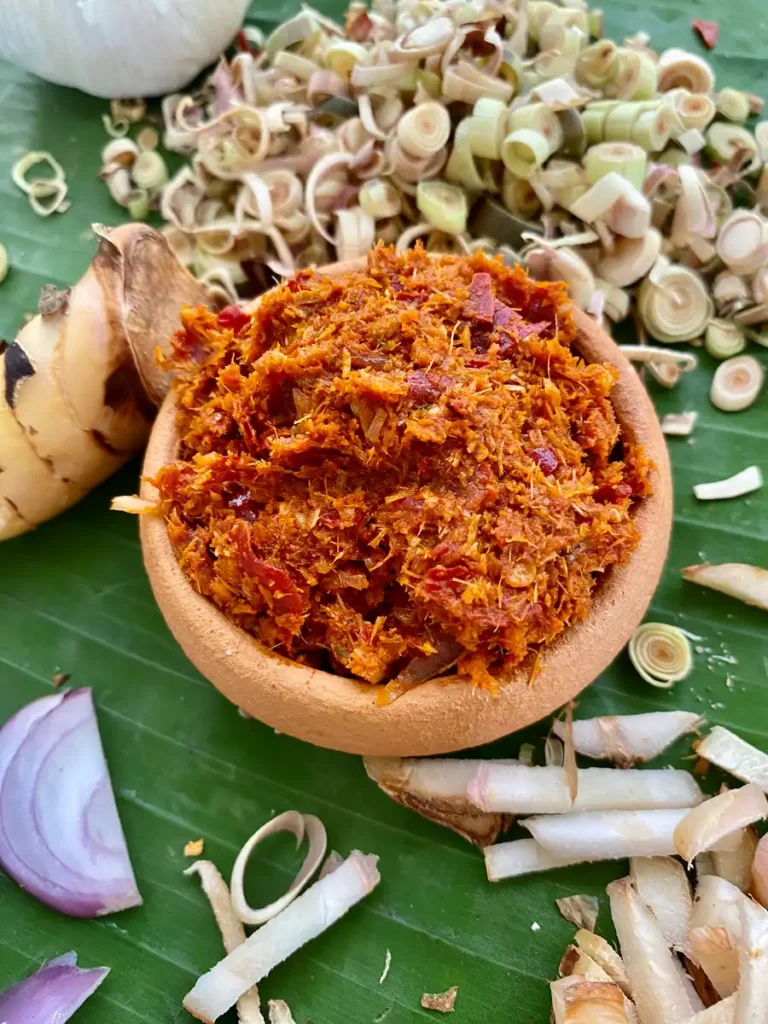
What is the difference between Thai curry red, green and yellow?
Red Thai Curry and Green Thai Curry can both be very spicy, depending on the amount of peppers and curry pasta used. The yellow Thai curry is the most delicate curry, with a sweet and aromatic flavor of turmeric and cumin.
Less known Thai curries
Thailand has many more curry to explore as well as the red and green standard ones. Each region offers unique flavors, preferences and ingredients. Here are some differences in the least known Thai curry curry you can explore!
Curry of the Thai jungle
Thai Jungle Curry is a spicy broth curry that comes from the wooded regions of Thailand. Unlike other Thai curry, it does not use coconut milk, resulting in a lighter but intensely tasty dish, generally loaded with fresh herbs, vegetables and meat.
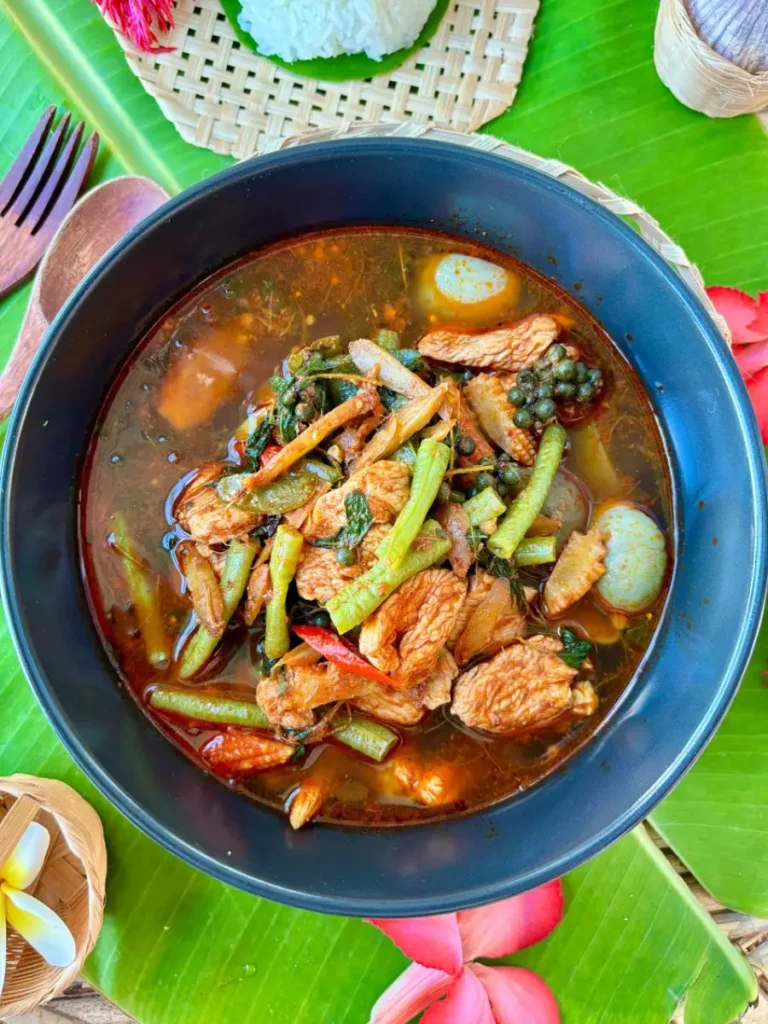
Rama swimming
Swimming Rama is a unique Thai dish with tender slices of meat served on a bed of water spinach and jasmine rice, seasoned with creamy peanut sauce. It is a perfect mixture of salty and sweet, with the brazen curry sauce of Rama that completes the freshness of the vegetables.
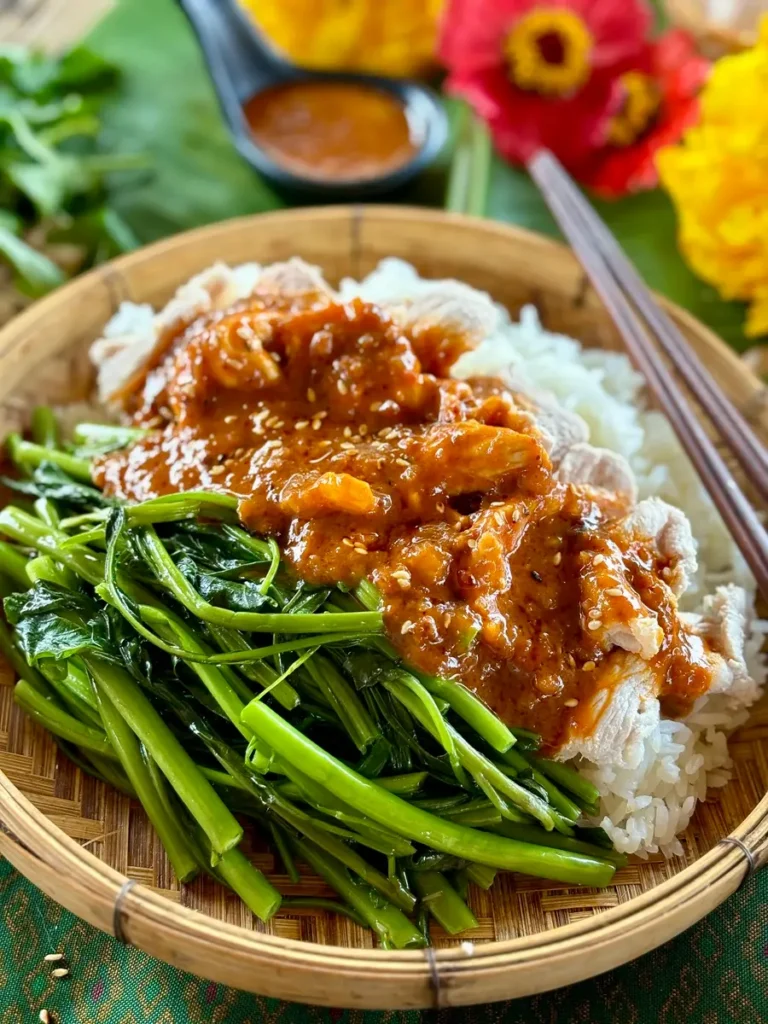
Plag Hor Mok
Hor Mok Pla is a traditional curry curry with a rich and aromatic Thai steam. The fish is mixed with a mixture of red curry paste, coconut milk and eggs, then steam cooked in banana leaves. I think this dish is perfect as an appetizer, but it can also be served for dinner.
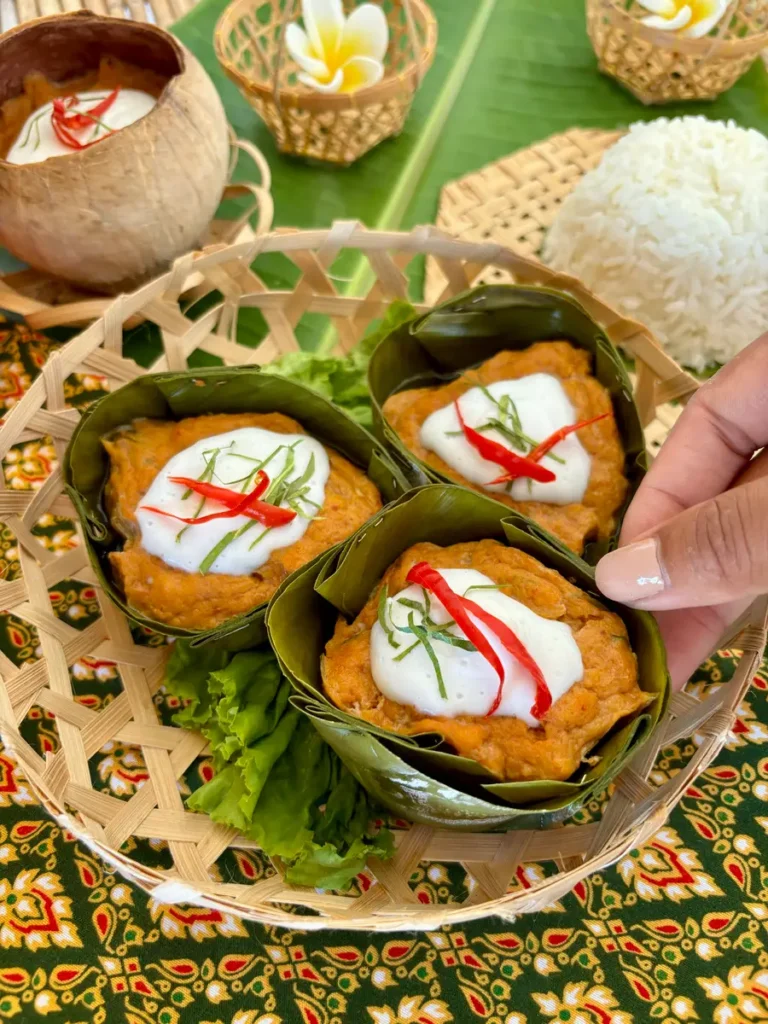
Kaeng like
Kaeng Sou is a acid and spicy curry soup that is popular in southern Thailand. It is made with a tamarind broth, fresh vegetables and fish or prawns. The spicy and spicy flavors make it a refreshing but bold dish, perfect for those who love spices.
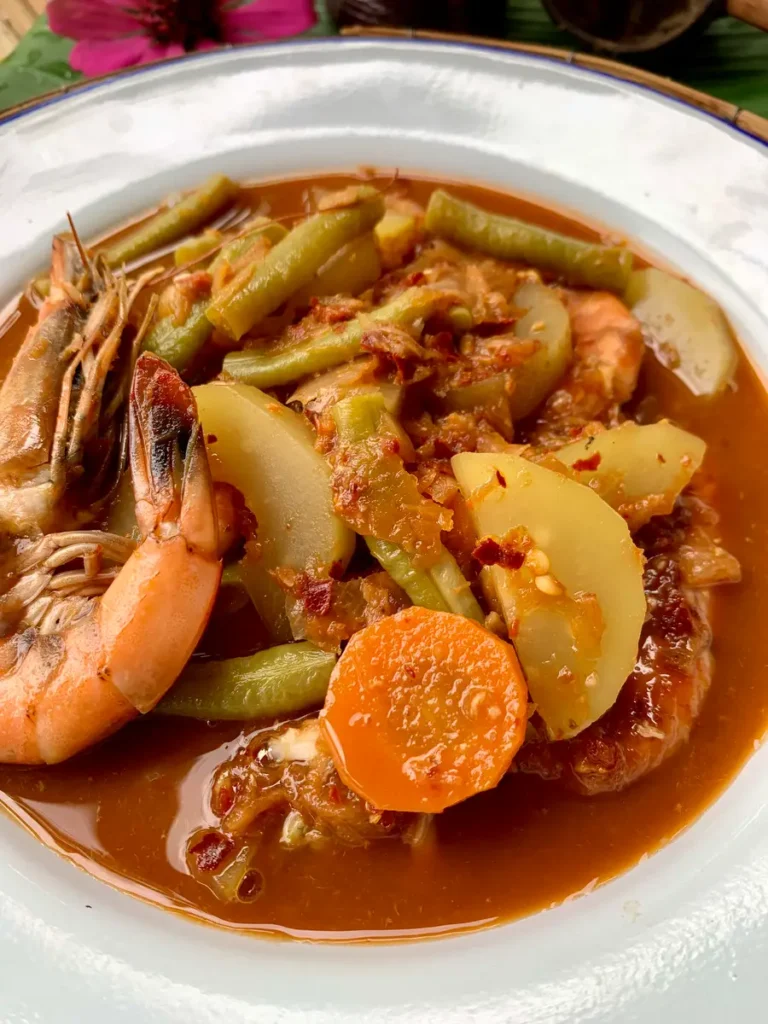
Conclusion
Thai Cuisine offers so many delicious different types of Thai curry to explore, beyond the classic red and green curry. Make sure you try some of these Thai curry with your friends and family! Don’t forget to follow me on social media: Facebook, InstagramAND Pinterest.

